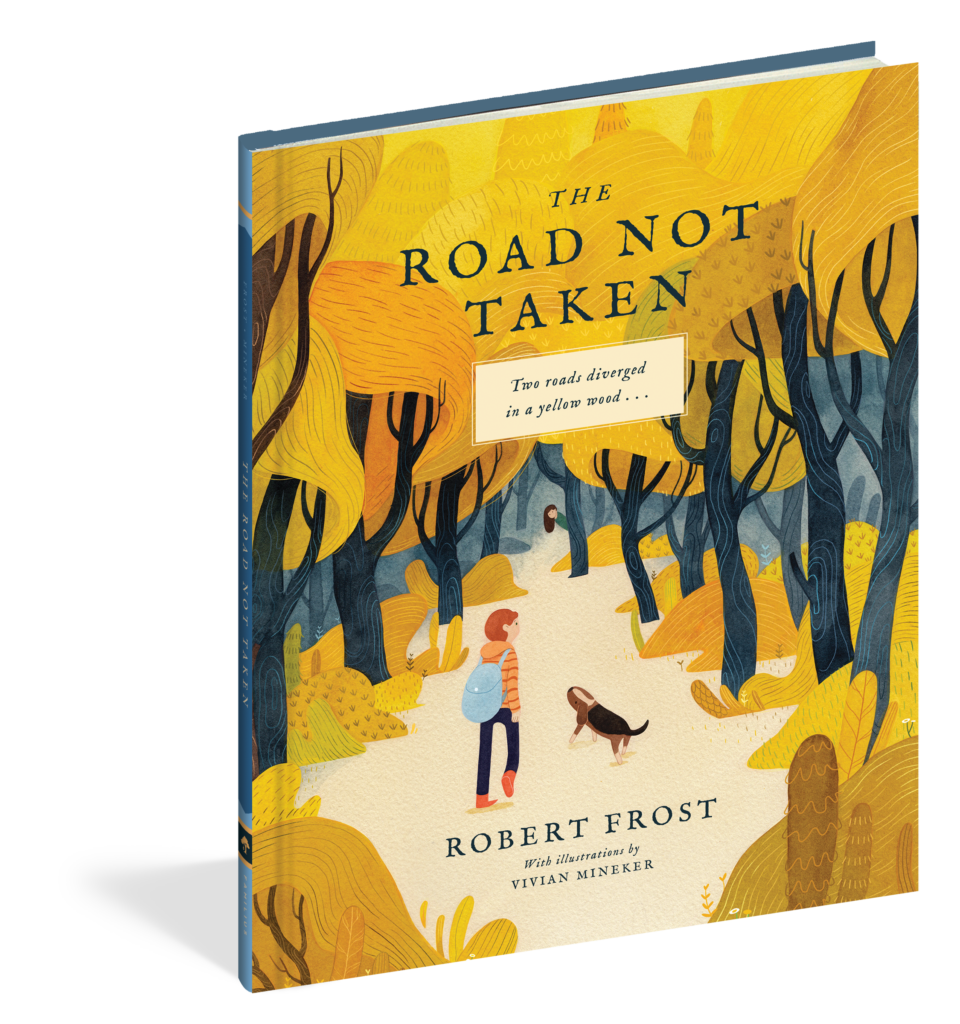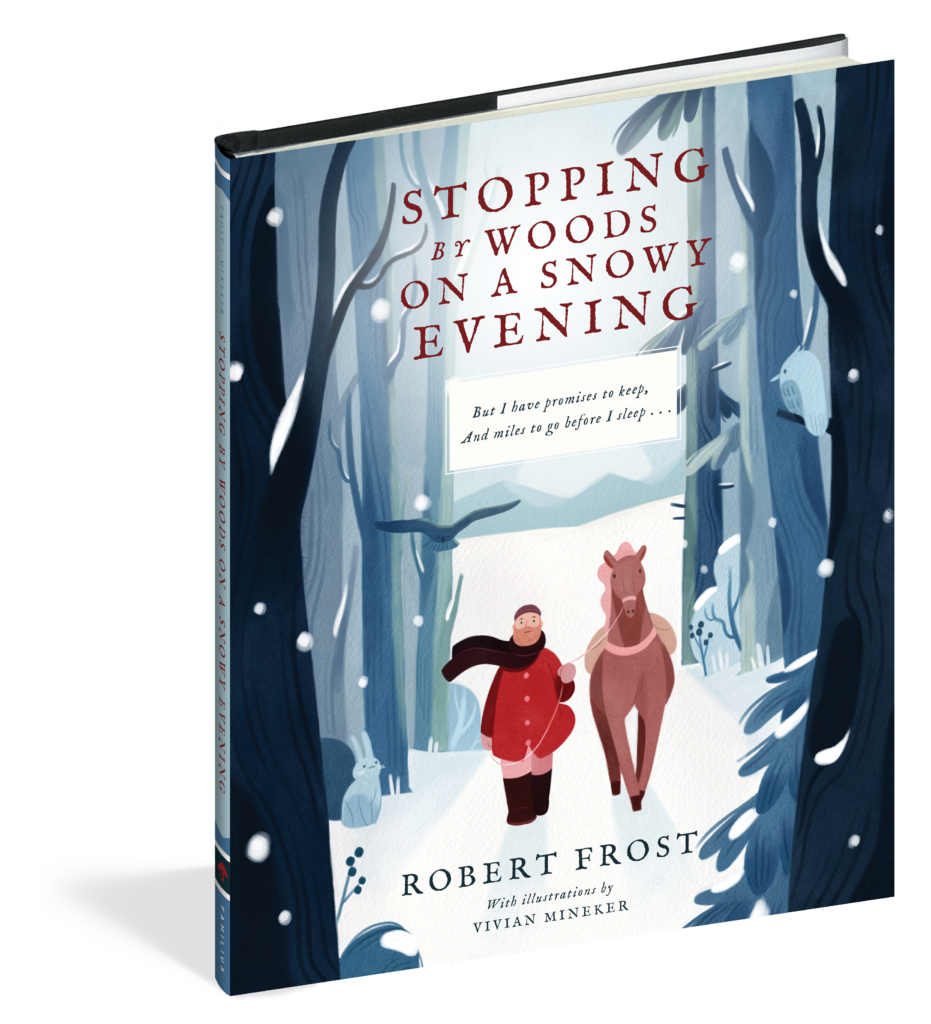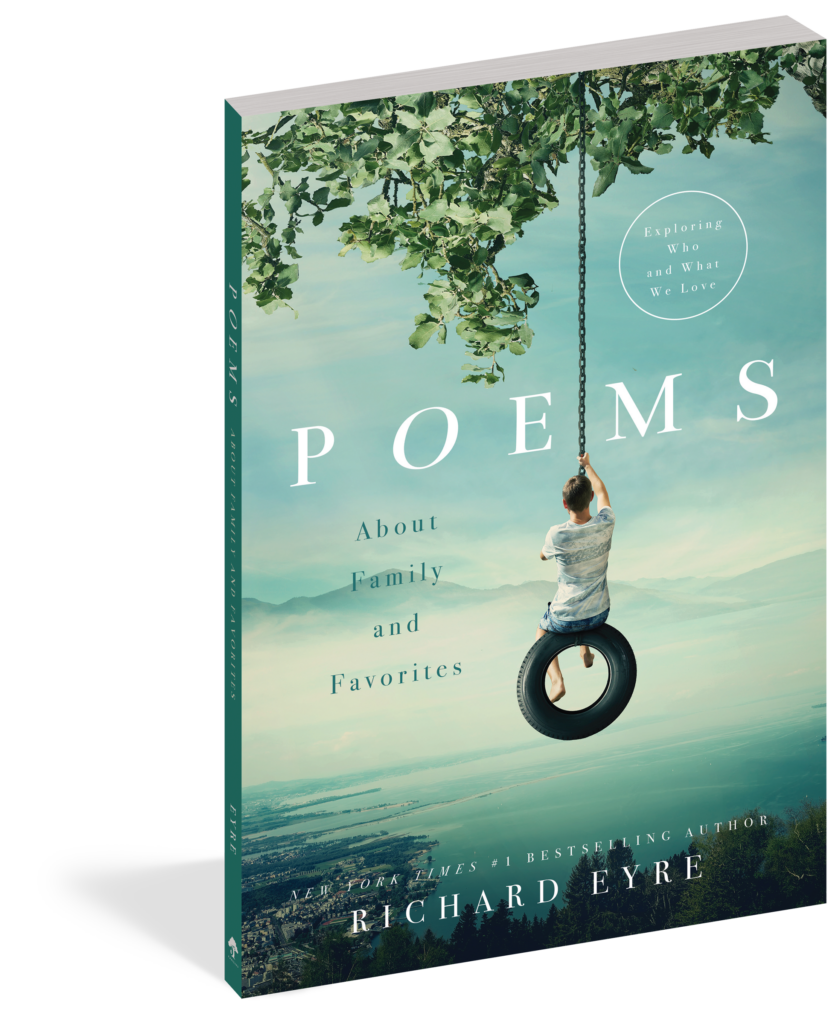
8 Types of Poems to Teach Kids
There are many types of poems in the world, but your child isn’t ready for all of them. Start your child’s poetry journey here.
The world of poetry is massive—and intimidating, especially for kids. So between the elegies and sonnets, where do you start?
For kids, it’s beneficial to start with simpler and more accessible types of poems that can ignite their interest in poetry and help them develop basic language and reading skills. But more than that, poetry is a key form of expression. It’s important to make poetry enjoyable and accessible to children so that they feel encouraged to explore and experiment with different ways of expressing themselves.
Here are eight types of poems to get your kids started:
1. Rhyming Poems
When you think of poetry, the first you think of is probably rhyming. Rhyming poems are the type where the words at the end of each line rhyme with each other. Nursery rhymes and simple rhyming couplets are good examples and are a great way to help kids develop phonemic awareness and an understanding of rhyme.
2. Acrostic Poems
You probably remember writing your own acrostic poems when you were a kid. These are the types of poems that are written from a single vertical word. For example, you would take a word like family, write it vertically down a page, and then use each letter to write a line of poetry. Acrostic poems are fun for kids because they allow for creativity and help children learn to associate words with specific letters.
3. Haiku
Haiku is a short form of poetry that consists of three lines with a syllable pattern of 5-7-5. While haiku have more rules than rhyming and acrostic poems, they’re a great way to introduce kids to the concept of syllables and brevity in expression.
4. Limericks
Limericks are funny and whimsical poems with a specific rhyming pattern (AABBA) and a distinctive rhythm. They often tell a short story and are enjoyable for kids due to their playful nature.
5. Narrative Poems
Narrative poems tell a story through verse but with fewer rules. They can be longer and more elaborate, but for kids, simpler narrative poems with clear plots and characters can be engaging and help them understand storytelling elements.
6. Visual Poems
Visual poems use typography, color, and layout to enhance the meaning of the poem. They use their words and letter shapes as visual icons rather than linguistic units. In other words, you would have to see the poem, not just hear it, to fully understand its meaning.
7. Concrete Poems
Similar to visual poems, concrete poems are poetry as well as art. Visually appealing, they are written in a shape related to their subject matter. For example, a poem about a tree might be written in the shape of a tree. This type of poem encourages creativity and visual thinking.
8. Free Verse
Free verse poems are where the line between short stories and poetry gets blurred. While more advanced, free verse poems can be introduced to older kids as they allow for more creative expression without strict rules of rhyme or meter. They can be a great way for kids to explore their thoughts and emotions through poetry.
Types of Poems for the Advanced Reader and Writer
The eight poems above are the basics, the best introduction for young readers and writers. However, once your child starts understanding and loving poetry, you might have a use for these more advanced types of poems:
1. Sonnets
You might know these poems as Shakespearean poetry. A sonnet is a 14-line poem usually written in iambic pentameter, with various rhyme schemes such as Shakespearean (abab cdcd efef gg) or Petrarchan (abbaabbacdcdcd).
2. Ballads
Just as their name implies, ballads are narrative poems with a musical twist that tell a story, often focusing on folk tales, legends, or historical events. They typically have a simple and repetitive structure, with stanzas consisting of alternating lines of iambic tetrameter and trimeter. Ballads often feature a refrain and a strong musical quality, making them easy to remember and recite.
3. Elegies
Elegies are poems that mourn or lament the loss of someone or something. They often express feelings of grief, sadness, or sorrow and may reflect on the memories or qualities of the departed. Elegies can serve as a tribute to the deceased or as a means of processing and coping with loss.
4. Odes
Odes are lyrical poems that celebrate or praise a person, object, event, or idea. They often express deep admiration, love, or reverence and can be written in various forms and styles. Odes typically have a formal structure and may include elaborate language and imagery.
5. Epics
Epics are long narrative poems that typically tell the story of heroic deeds, adventures, or mythological events. They often feature larger-than-life characters and encompass grand themes such as courage, fate, and the struggle between good and evil.
6. Sestinas
A sestina is a highly structured poem consisting of six stanzas, each with six lines, followed by a final three-line stanza called the envoi or tornada. The unique feature of a sestina is its intricate pattern of end words, where the six words that end the lines in the first stanza are repeated in a specific order throughout the poem. The pattern ensures that each end word is used as the final word of each line in the subsequent stanzas, creating a complex and interwoven repetition. Despite this strict structure, sestinas offer poets a creative challenge to explore themes and variations within the constraints of the form.
7. Villanelles
A villanelle is a 19-line poem with a specific structure and rhyme scheme. It consists of five tercets (three-line stanzas) followed by a final quatrain (four-line stanza). The key feature of a villanelle is its intricate rhyme scheme and repeating lines. The first and third lines of the first tercet alternate as the last lines of the subsequent tercets and then come together as the final two lines of the quatrain. While villanelles may be more complex and suitable for older children or teenagers, exploring the form can enhance their understanding of poetic techniques and inspire them to experiment with form and expression in their own writing.
Explore the Different Types of Poems with These Books

The Road Not Taken

Stopping By Woods on a Snowy Evening

Poems: About Family and Favorites
Shaelyn Topolovec earned a BA in editing and publishing from BYU, worked on several online publications, and joined the Familius family. Shae is currently an editor and copywriter who lives in California’s Central Valley.
